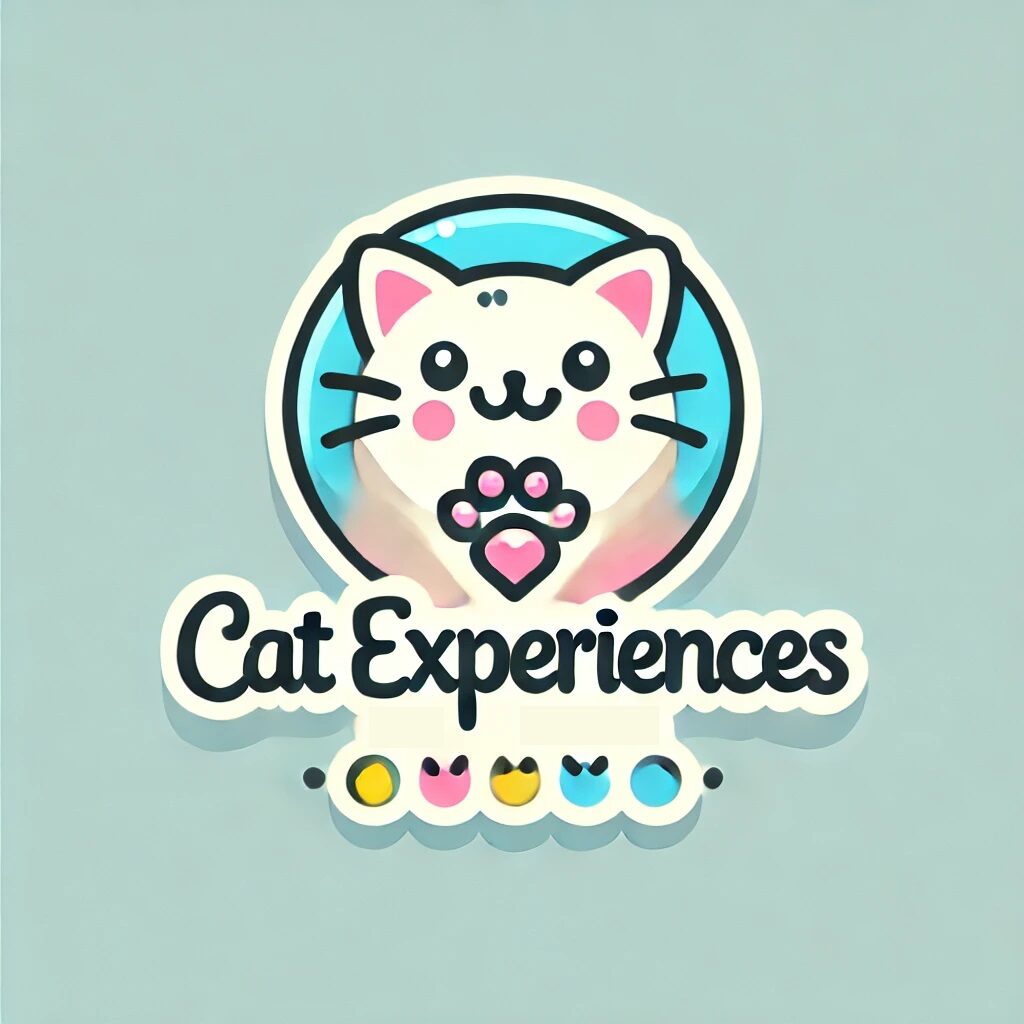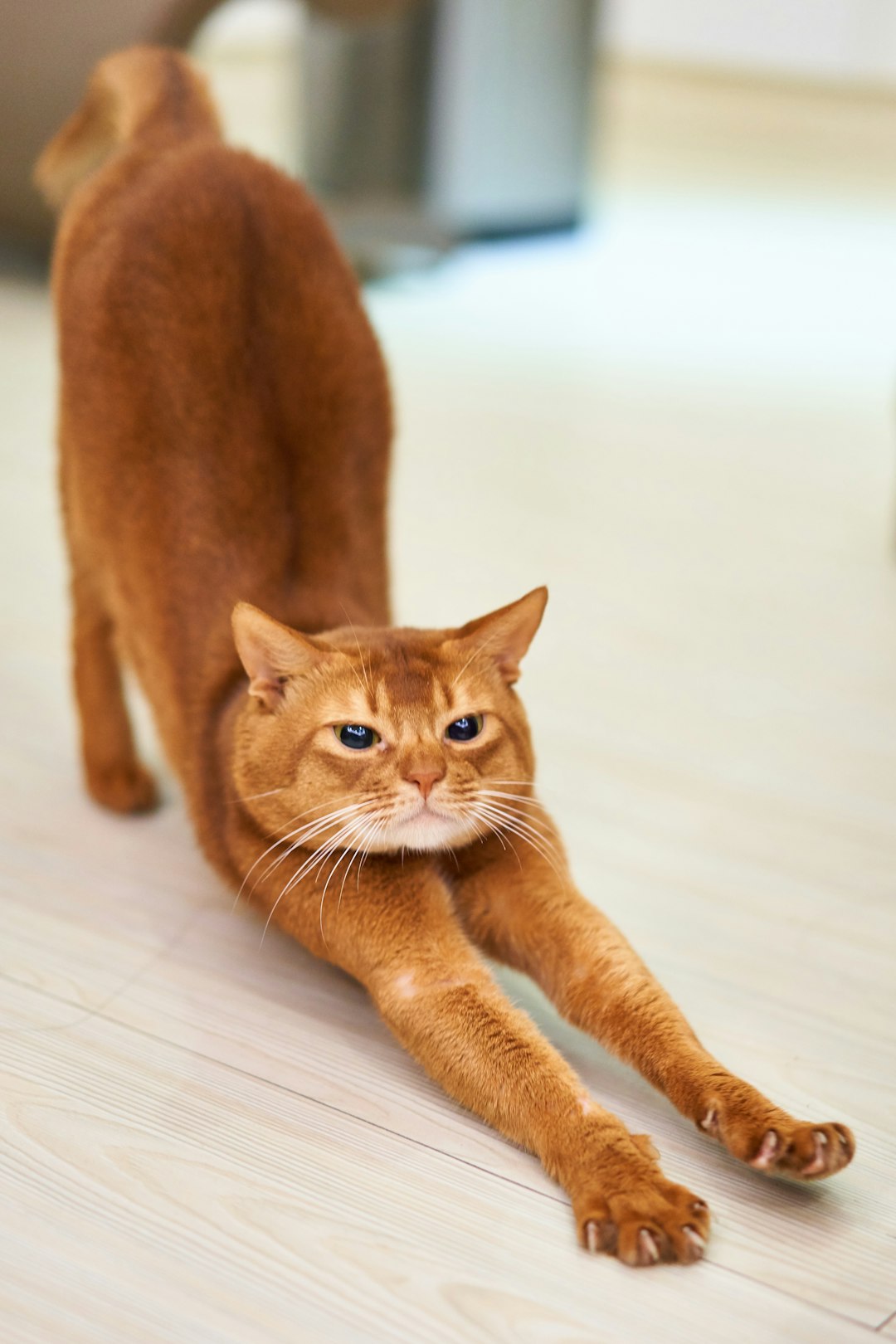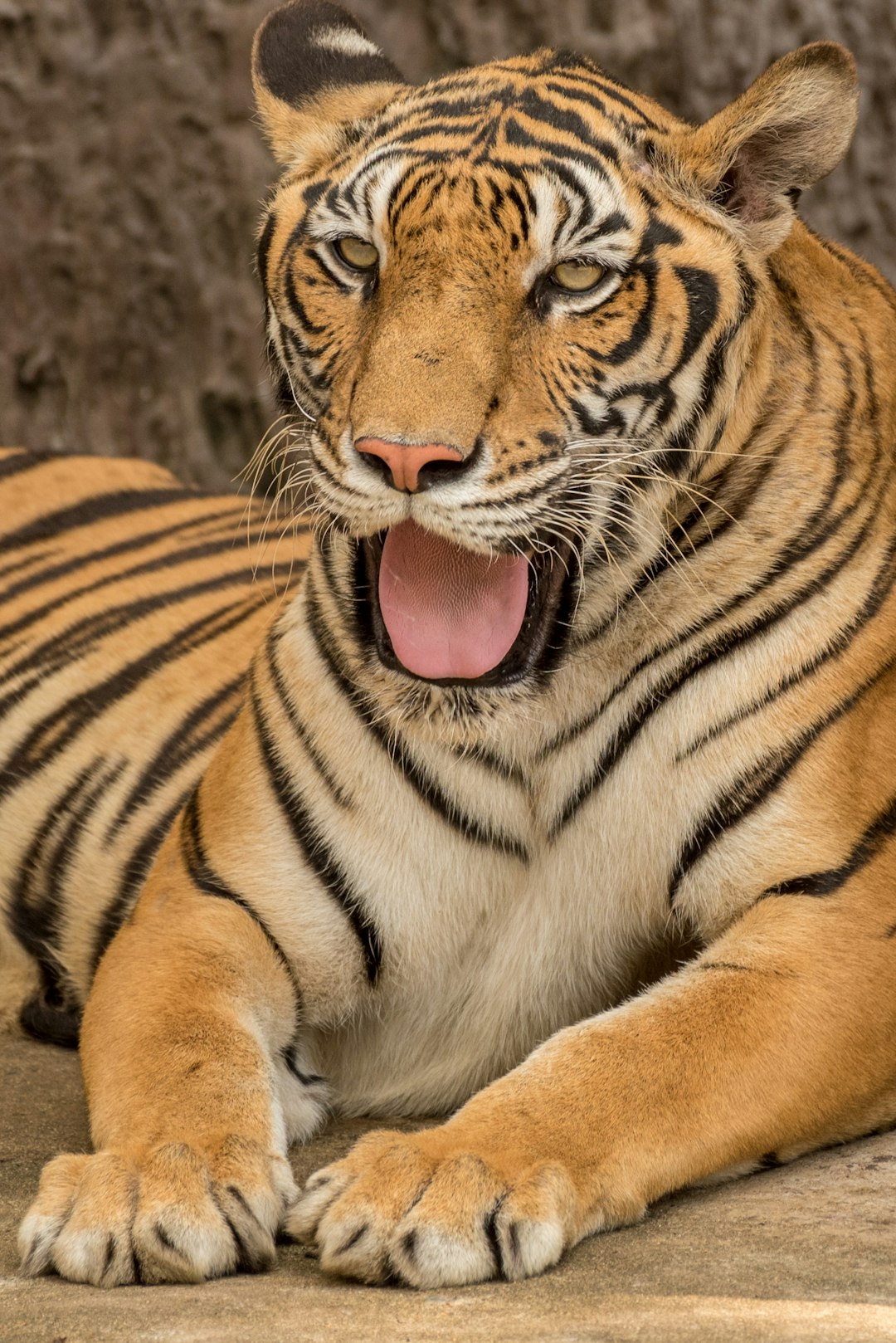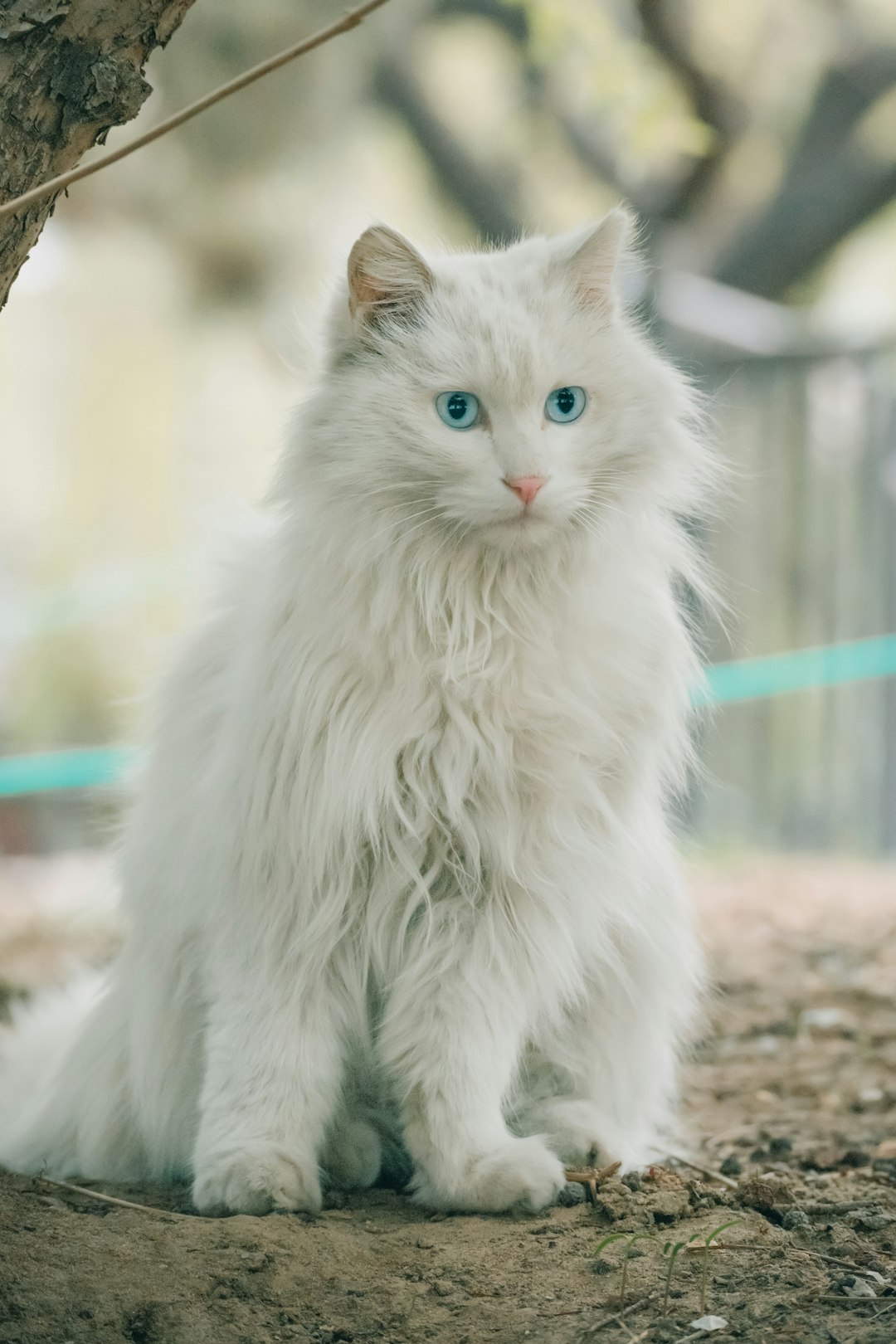Understanding how to keep your feline friend entertained is essential for their overall well-being. Just like humans, cats thrive on stimulation and engagement, making playtime a vital part of their daily routine. In this blog post, we will explore various options to keep your kitty active and happy. From grasping the nuances of cat play behavior to identifying the right toys for different life stages, we’ll cover everything you need to know. Moreover, we’ll delve into DIY projects to create fun and affordable toys, highlight the benefits of interactive play, and outline safety tips to ensure your kitty’s playtime is both enjoyable and secure. So, let’s jump into the world of cat toys and discover how to elevate your cat’s play experience!
Understanding Your Cat’s Play Behavior
Importance of Play for Cats
Play is crucial for a cat’s overall well-being. Engaging in playful activities not only provides physical exercise but also stimulates mental growth. Through play, cats can develop hunting skills, burn off excess energy, and mitigate stress. As such, incorporating a variety of toys can greatly enhance their quality of life. Consistent playtime can lead to a happier, more balanced feline.
Different Play Styles: Active vs. Passive
Cats exhibit a range of play styles that can be categorized into two main types: active and passive. Understanding these styles can help in selecting appropriate toys.
| Play Style | Description | Ideal Toys |
|---|---|---|
| Active | Engaging in vigorous activities, such as chasing or pouncing. | Balls, feather wands, laser pointers |
| Passive | Enjoying a more relaxed approach, often involving observation. | Catnip mice, crinkle toys |
Active play aids in energy expenditure, while passive play encourages mental stimulation without physical exertion.
Signs of an Engaged Cat
Recognizing when a cat is genuinely engaged can help owners foster an enjoyable play environment. Look for these indicators:
- Focused Stare: A cat intently watching a toy shows interest.
- Pouncing: Sudden movements towards toys indicate excitement.
- Playful Sounds: Chirps or trills suggest that the cat is having fun.
Being aware of these signs allows for a more tailored and rewarding play experience that caters specifically to the cat’s personality and preferences.
Types of Cat Toys
Exploring the various types of cat toys is essential for ensuring your feline friend stays engaged and entertained. Each category caters to different play styles, preferences, and energy levels. Here’s a comprehensive overview of the most popular types of cat toys you can consider:
Interactive Toys
Interactive toys are designed to foster engagement between cats and humans. These toys often require input from both parties, leading to a more fulfilling play experience. Examples include:
| Toy Type | Description |
|---|---|
| Laser Pointers | Stimulate a cat’s hunting instincts through moving light. |
| Feather Wands | Encourage jumping and swatting, imitating prey movement. |
| Electronic Toys | Automatically move or make sounds to entice curiosity. |
Solo Play Toys
Solo play toys allow cats to entertain themselves, often keeping them occupied when humans are unavailable. It’s important to choose durable options to withstand enthusiastic play. Common selections are:
| Toy Type | Description |
|---|---|
| Balls | Simple round shapes that can be batted and chased. |
| Plush Mice | Mimic small prey; many have added catnip for extra fun. |
| Crinkle Toys | Produce sounds that captivate felines’ attention. |
Puzzle Toys
Puzzle toys stimulate a cat’s intellect and problem-solving abilities. These toys typically require cats to figure out how to access treats or hidden items. Examples include:
| Toy Type | Description |
|---|---|
| Treat Dispenser Toys | Reward cats with treats for successfully manipulating the toy. |
| Interactive Feeders | Encourage slower eating and mental engagement through puzzles. |
By understanding the various types of cat toys available, you can make informed decisions that contribute to your cat’s physical and mental well-being.
Choosing the Right Toys for Your Cat
Consider Your Cat’s Age
When selecting cat toys, age is a crucial factor. Kittens, for instance, are bursting with energy and require toys that stimulate their curiosity and physical skills. Consider soft, lightweight balls or feather wands for their playful antics. Conversely, adult cats may prefer toys that maximize interactive engagement. Laser pointers and treat-dispensing puzzles keep them mentally stimulated. For senior cats, it’s best to opt for gentle toys such as plush mice that they can easily bat around without exerting too much effort.
Assessing Personality and Preferences
Every feline has a unique personality that impacts their play style. Active cats may enjoy chasing and stalking toys like balls with bells, while more reserved cats might prefer toys to cuddle, such as catnip-filled toys. Observing your cat’s interaction with different toys can offer insights into their preferences. You can use the following comparison to determine what types of toys would most appeal to your cat:
| Personality Type | Recommended Toys | Benefits |
|---|---|---|
| Active | Balls, Feather wands | Encourages physical activity and exercise |
| Curious | Puzzle toys, Interactive treat toys | Stimulates problem-solving skills |
| Laid-back | Soft plush toys, Catnip toys | Provides comfort and stress relief |
Safety Considerations in Toy Selection
Safety should never be compromised when choosing toys. Look for toys made from non-toxic materials and ensure they don’t have parts that could be easily chewed off and ingested. Additionally, avoid toys with small components that can pose choking hazards. Regularly check your cat’s toys for wear and tear, replacing any damaged ones to maintain a safe play environment. Remember, the primary goal is to keep playtime enjoyable and safe for your furry friend!
DIY Cat Toys: Fun and Affordable
Creating your own cat toys can not only save you money but also provide an engaging experience for both you and your feline friend. DIY cat toys can be made from common household items, allowing you to unleash your creativity while ensuring your cat stays entertained.
Ideas for Homemade Toys
Here are a few simple DIY toy ideas that are sure to delight your kitty:
| Toy Idea | Description |
|---|---|
| Sock Mouse | Old socks stuffed with catnip and tied off can resemble a fun mouse for your feline friend to chase. |
| Paper Ball | Crumple a piece of paper into a ball, which can be batted around endlessly. |
| Feather Wand | Attach feathers to a string tied to a stick for a captivating playtime experience. |
Using Household Items
You can easily repurpose everyday items as toys, including:
- Empty Boxes: Cats love to explore boxes; turn them into a playground by cutting openings.
- Toilet Paper Rolls: Fill these with treats or catnip to create a treat dispenser toy.
- Old T-shirts: Braiding t-shirts can produce a durable tug toy that your cat will enjoy.
Ensuring Safety in DIY Toys
When making these toys, prioritize your cat’s safety by following these tips:
- Avoid Small Parts: Ensure no small items can be swallowed or choked on.
- Use Non-Toxic Materials: Only use safe and cat-friendly materials.
- Inspect Regularly: Check the toys periodically for wear and tear, replacing them if necessary.
Making DIY cat toys can be a fun project that results in affordable entertainment for your furry friend, encouraging mental stimulation and physical activity.
The Benefits of Interactive Play
Interactive play is crucial for fostering a healthy and happy feline. This type of engagement not only provides entertainment but also addresses various aspects of your cat’s well-being. Here are some key benefits:
Strengthening Bond with Your Cat
Engaging in interactive play creates a deeper connection between you and your cat. Through shared experiences, both of you can build trust and affection, enhancing your relationship. Consider using toys that require collaboration, such as feather wands or laser pointers. By playing together, you demonstrate to your cat that you are a source of fun and companionship.
Providing Physical Exercise
Cats are natural hunters, and interactive play mimics their instinctive behaviors. By using toys that encourage movement, you help your kitty maintain a healthy weight and avoid obesity. Here’s a quick look at how interactive play promotes exercise:
| Interactive Toy Type | Physical Activity Involved | Benefits |
|---|---|---|
| Feather Wands | Jumping, running, and pouncing | Builds muscle and agility |
| Laser Pointers | Chasing and sprinting | Burns calories and boosts stamina |
| Remote-Control Toys | Quick dashes and refined movements | Enhances coordination |
Cognitive Benefits of Interactive Play
Interactive toys stimulate your cat’s mind, enhancing problem-solving skills, and reducing boredom. Toys like puzzle feeders or treat-dispensing balls encourage critical thinking as your cat figures out how to access the rewards inside. Engaging in these activities can lead to improved mental agility, increased curiosity, and a more satisfied cat overall.
By embracing interactive play, you contribute to your cat’s physical health, mental stimulation, and emotional well-being, creating a fulfilling environment that promotes happiness and longevity.
Toys for Different Life Stages
Kittens: Best Toys for Learning
Kittens are naturally curious and energetic, making it essential to introduce them to toys that stimulate their senses and encourage exploration. Ideal toys for kittens include:
| Type of Toy | Purpose |
|---|---|
| Soft balls | Promote chasing and pouncing |
| Teaser wands | Develop hand-eye coordination |
| Crinkle toys | Engage hearing and tactile senses |
These toys not only entertain but also contribute to socialization and skill development. Kittens love interactive play, which forms the basis for their hunting instincts.
Adult Cats: Maintaining Engagement
As cats mature, their play preferences often evolve. Adult cats require toys that challenge their intelligence and keep them active. Consider incorporating:
| Type of Toy | Benefits |
|---|---|
| Puzzle feeders | Engage problem-solving skills |
| Laser pointers | Provide vigorous exercise |
| Catnip-infused toys | Stimulate natural hunting behaviors |
Engagement is crucial. The right toys can combat boredom and prevent behavioral issues, ensuring that adult felines remain happy and healthy.
Senior Cats: Gentle and Easy-to-Use Options
Senior cats may have reduced energy levels and agility, necessitating toys that cater to their specific needs. Recommended features for senior cat toys include:
| Type of Toy | Characteristics |
|---|---|
| Soft plush toys | Comfortable and easy to manipulate |
| Slow-moving balls | Encourage gentle play |
| Interactive puzzles | Stimulate the mind without physical strain |
By focusing on simplicity and comfort, owners can ensure their senior cats enjoy playtime without frustration. Choosing the right toys at each life stage fosters a joyful and fulfilling experience for every feline companion.
Rotating Toys for Sustained Interest
Why Rotation Works
Cats are naturally curious creatures, and their interest in toys can wane quickly. By rotating their toys, you can maintain their enthusiasm and prevent boredom. This approach mimics a more dynamic play environment, making toys feel novel again. To illustrate, consider the following benefits of rotating toys:
| Benefit | Description |
|---|---|
| Increased Engagement | A fresh selection keeps your cat’s attention high. |
| Preventing Boredom | Regularly changing toys prevents overexposure. |
| Encouraging Activity | New toys promote physical movement and mental stimulation. |
How to Rotate Effectively
To keep your kitty intrigued, implement a systematic rotation method. Here are some effective tips:
- Weekly Schedule: Store toys away and reintroduce them weekly to maintain novelty.
- Themed Selection: Group toys by type (e.g., feather toys, balls) and rotate these groups.
- Observe Preferences: Pay attention to which toys excite your cat the most, and prioritize those in the rotation.
Signs Your Cat Needs New Toys
It’s essential to remain vigilant regarding your cat’s behavior. Here are some indicators that it’s time to introduce new toys:
| Sign | Description |
|---|---|
| Less Interest | If your cat walks away from their toys, it may be a signal. |
| Stagnant Play | Repeatedly playing with the same toy without variation. |
| Restlessness | Increased meowing or exploring could indicate boredom. |
By implementing a toy rotation strategy, you can significantly enhance your cat’s playtime experience and keep them engaged, happy, and healthy.
Safety Tips for Cat Toys
Ensuring the safety of your feline friend while they play is paramount. Adhering to certain precautions can reduce the risks associated with cat toys and enhance your pet’s experience.
Identifying Hazardous Materials
When selecting cat toys, it’s crucial to check for the presence of hazardous materials. Look for toys that are:
| Material | Safety Rating |
|---|---|
| Non-toxic plastics | Safe |
| Natural fibers (e.g., sisal) | Safe |
| Plastic with BPA | Unsafe |
| Small parts (choking hazard) | Unsafe |
Choose toys made from environmentally friendly and non-toxic materials to prevent any harmful effects on your cat. Always read labels verifying the safety of components.
Regular Inspection for Wear and Tear
Regularly inspect toys for signs of wear and tear. This practice helps identify potential hazards before they become problems. Make sure to check the following:
| Inspection Item | What to Look For |
|---|---|
| Loose parts | Check for broken components |
| Frayed edges | Discard toys with damaged fibers |
| Swallowed pieces | Monitor for anything small enough to swallow |
Timely replacement of worn-out toys can prevent accidents and keeps your cat safe during play.
Supervised Playtime Recommendations
Supervision during playtime ensures your cat’s safety, especially with new or interactive toys. Here’s why this is important:
- Monitor play behavior: Watch for signs of frustration or aggression.
- Limit risky toys: Keep an eye on toys that can break easily or have small parts.
- Interactive play: Engage with your cat to create a safe and stimulating environment.
By following these safety tips, you can provide a fun and secure playtime experience for your beloved cat.
The Importance of Playtime Routine
Creating a playtime routine is essential for maintaining your cat’s physical and mental well-being. Regular play not only helps keep your feline friend active but also reinforces the bond between you and your cat.
Setting a Daily Play Schedule
Establishing a consistent daily schedule for playtime helps your cat anticipate and look forward to these sessions. Consider the following tips for setting an effective play schedule:
| Time of Day | Suggested Duration | Type of Activity |
|---|---|---|
| Morning | 10-15 minutes | High-energy toy play |
| Afternoon | 10 minutes | Interactive puzzle toys |
| Evening | 20 minutes | Interactive play with you |
Incorporating Variety in Play
To prevent boredom and keep things interesting, rotate the types of toys and activities used during playtime. Your cat may enjoy different forms of stimulation, so include various options such as:
- Chasing toys: Feather wands or laser pointers.
- Puzzle toys: Toys that dispense treats when solved.
- Solo play items: Balls or crinkle toys that can be batted around.
Monitoring Playtime Duration
It is crucial to monitor the duration of play sessions to ensure they are engaging without leading to fatigue. Recognizing your cat’s cues is essential. Most cats will show signs of excitement at the start but may begin to lose interest or become overstimulated after a while. Aim for balanced sessions, adjusting according to your cat’s energy and engagement levels, which fosters a healthy, happy playtime routine.
Frequently Asked Questions
What types of cat toys are best for keeping my cat entertained?
Cats require a mix of physical and mental stimulation, so interactive toys, such as feather wands and laser pointers, are ideal for engaging their hunting instincts. Puzzle toys filled with treats can also provide mental challenges, while balls and soft toys can encourage playfulness. Consider rotating toys regularly to keep your cat interested and limit boredom. Always choose toys that are safe and suitable for your cat’s age and size.
How often should I replace my cat’s toys?
It’s essential to regularly inspect your cat’s toys for wear and tear. Toys should be replaced if they show signs of damage, as broken pieces can pose a choking hazard. Generally, rotating toys every few weeks can keep your cat’s interest piqued. Additionally, introducing new toys every couple of months helps stimulate engagement. Observe your cat’s preferences to determine which toys are most enjoyable to replace.
Are there DIY options for making cat toys at home?
Absolutely! Many DIY cat toys can be easily made at home using common materials. For example, you can create a simple pom-pom or a stuffed mouse with fabric scraps. Crumpled paper or empty toilet paper rolls can also provide hours of entertainment. Always ensure that any DIY toys do not have small parts that can come off, as they could be a choking hazard for your furry friend.
How do I choose the right toy for my cat’s age?
When selecting toys for your cat, age plays a crucial role. Kittens typically enjoy lightweight, small toys that they can bat around and chase. Adult cats often prefer toys that mimic prey, like feathered or sound-emitting objects. Older cats may appreciate softer toys that are easy on their joints. It’s important to consider your cat’s activity level, preferences, and any specific health concerns as you choose toys.
Why is playtime important for my cat?
Playtime is vital for a cat’s physical and mental well-being. Engaging in play helps to simulate hunting behaviors and provides necessary exercise, reducing the risk of obesity and other health issues. Additionally, playtime fosters bonding between cats and their owners while keeping them mentally stimulated. Regular play sessions can also alleviate boredom and stress, leading to happier and healthier cats overall.



